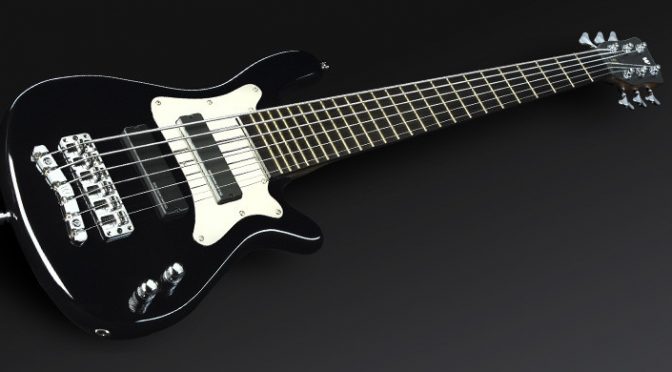Flatwound vs Used Nickel Roundwound Strings on a P Bass – Bass Practice Diary – 26th January 2021
Recently I did a video comparing the sound of flatwound bass strings with used nickel roundwounds on a fretless bass. While I was doing that comparison, I took the opportunity to do the same comparison, with the same sets of strings on my P Bass. Or I should more accurately say, my “P style bass”. As many of you know, this bass isn’t a genuine Fender Precision. However, it does have a Fender custom shop P bass pickup installed on it. And in my opinion, this bass sounds more like a vintage P Bass than my genuine Fender Precision which has the more modern sounding Yosemite pickups on it.
The Results
As I listen back to this video, the thing that strikes me most is how similar used nickel roundwound strings sound to the flatwounds. Once the nickel rounds get old, they lose their initial brightness and take on a very similar characteristic to the flats. I don’t think there is a huge difference in the tone.
Both sets of strings are made by D’addario. I tested the strings four different ways. First with tone and volume up played fingerstyle. Then with the tone fully off. Then I added some sponge under the strings by the bridge for a slightly muted tone. This was a trick that the legendary Motown bass player James Jamerson used to do. Finally I tested the strings while playing with a pick (the tone was still off and the sponge under the strings).
You can hear a difference in the video, but it’s not massive. I would say that the choice of flats or used rounds on a P Bass comes down to what you prefer the feel of. I know that a lot of P Bass purists won’t agree. The prevailing opinion amongst P Bass specialists (of which I’m not one) is that you need flats to get an authentic vintage P Bass tone. Personally I’ve always preferred the feel of roundwound strings.
The bass line in the video comes from a transcription of James Jamerson’s bass line on the Jackson 5’s Darling Dear. I was reading it from the book Standing in the Shadows of Motown and the transcription was done by another great bass player, Gerald Veasley.










